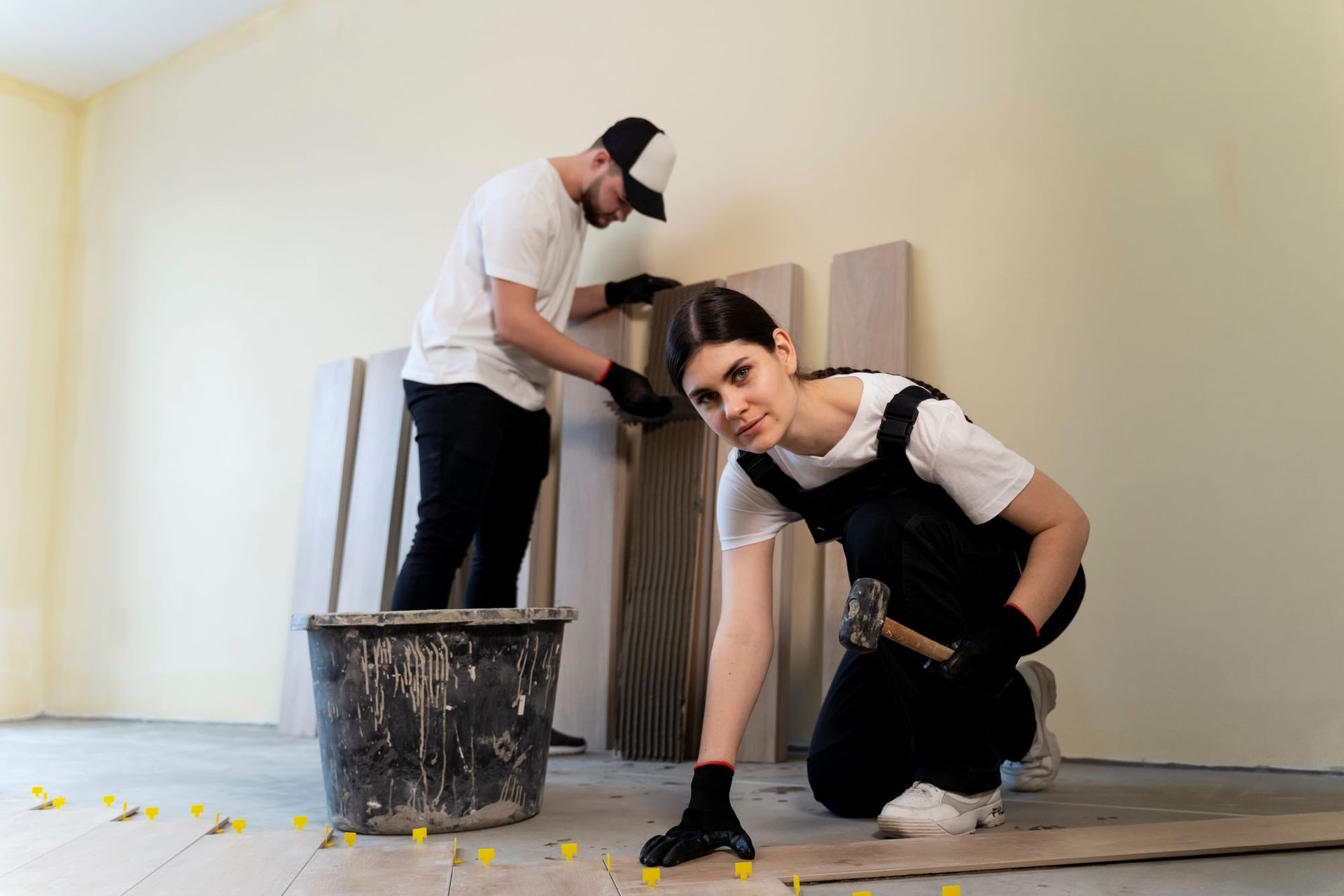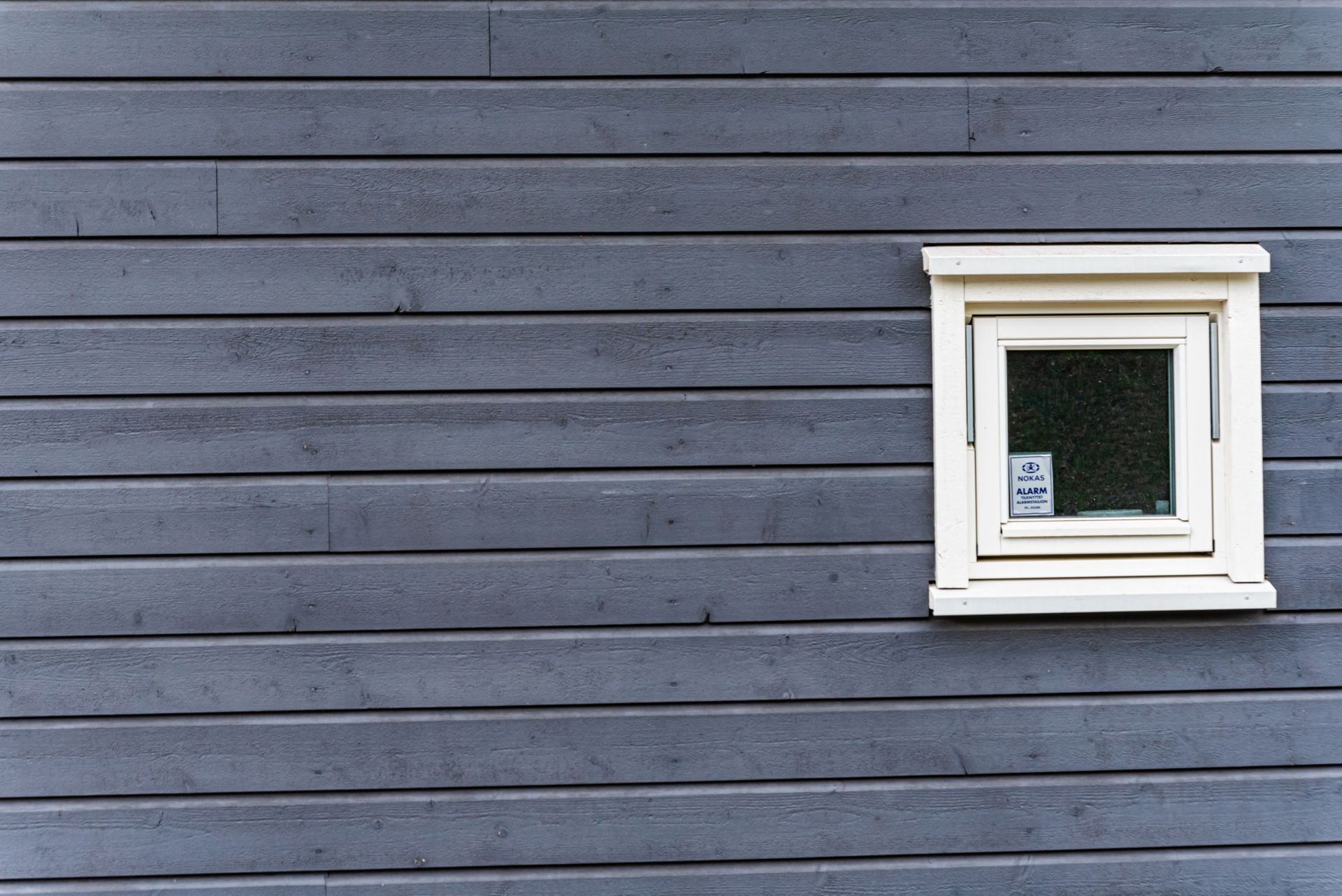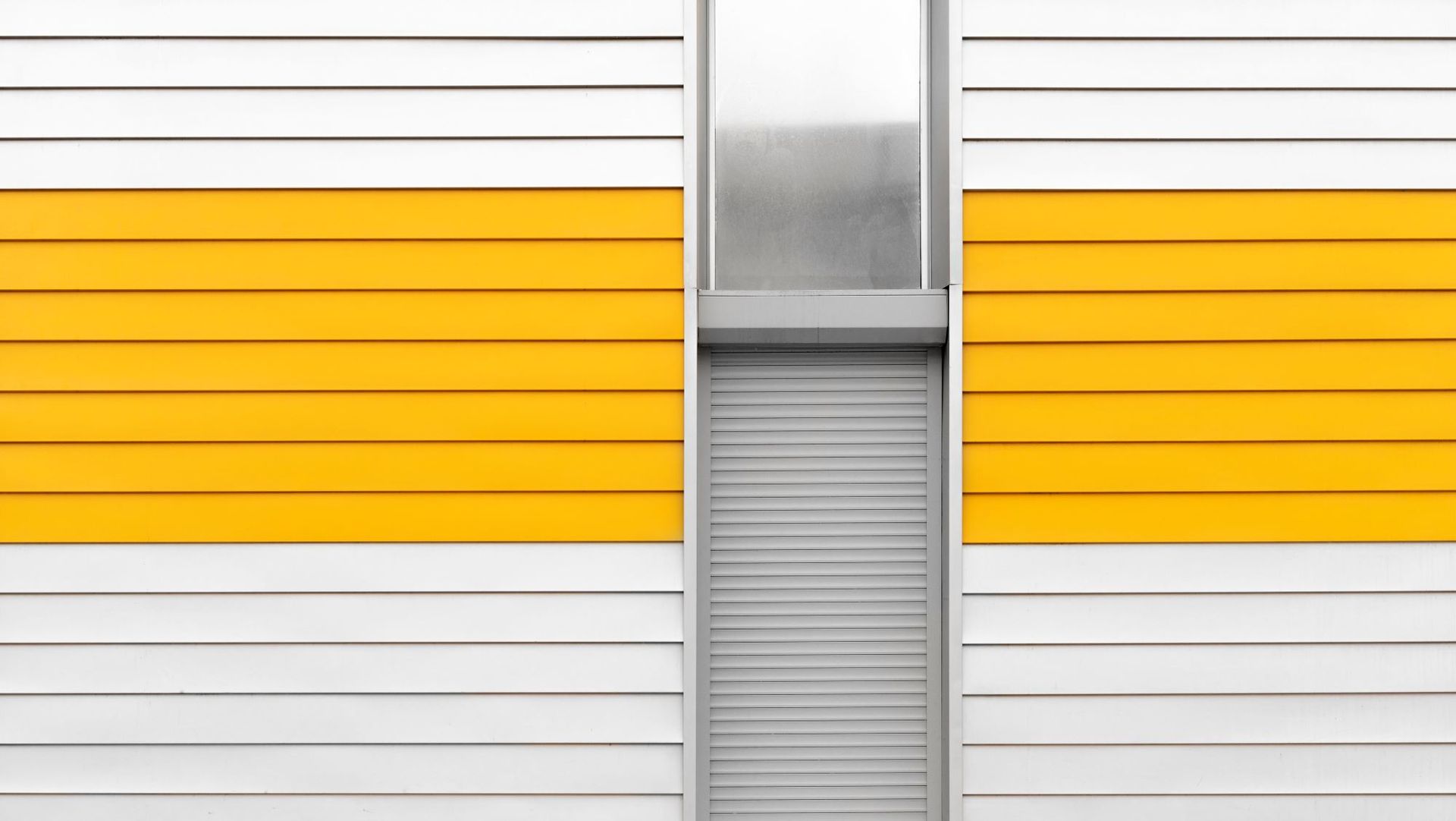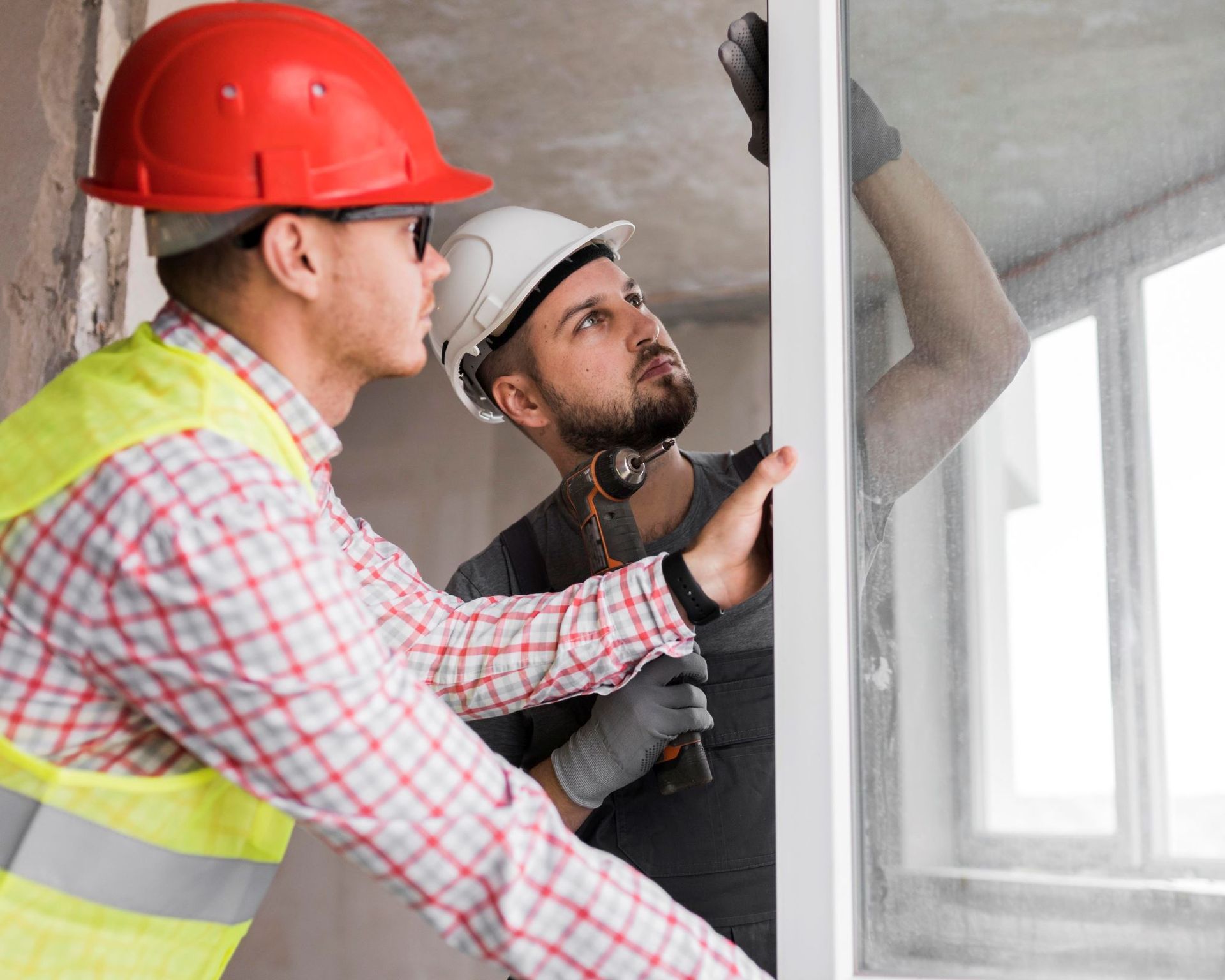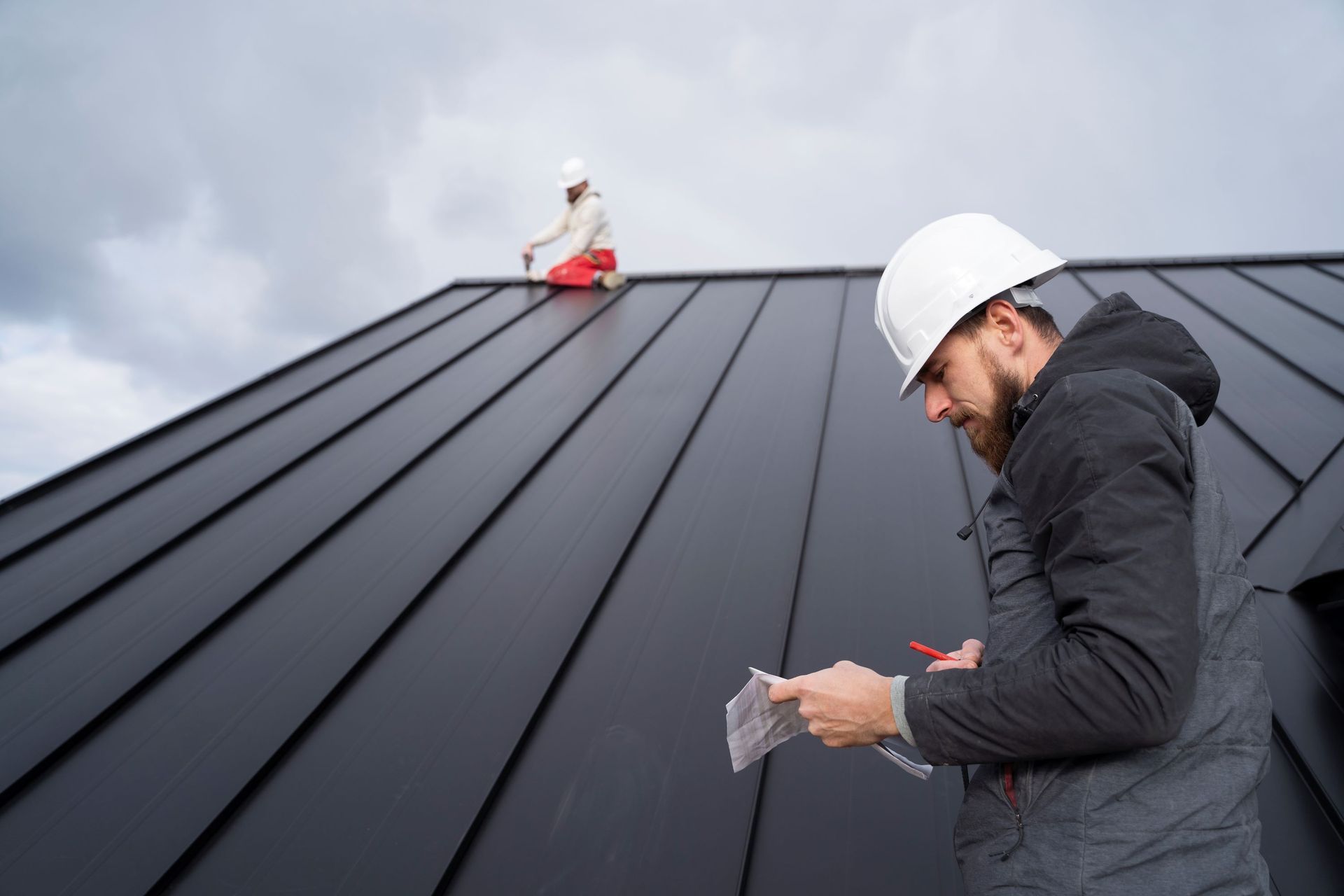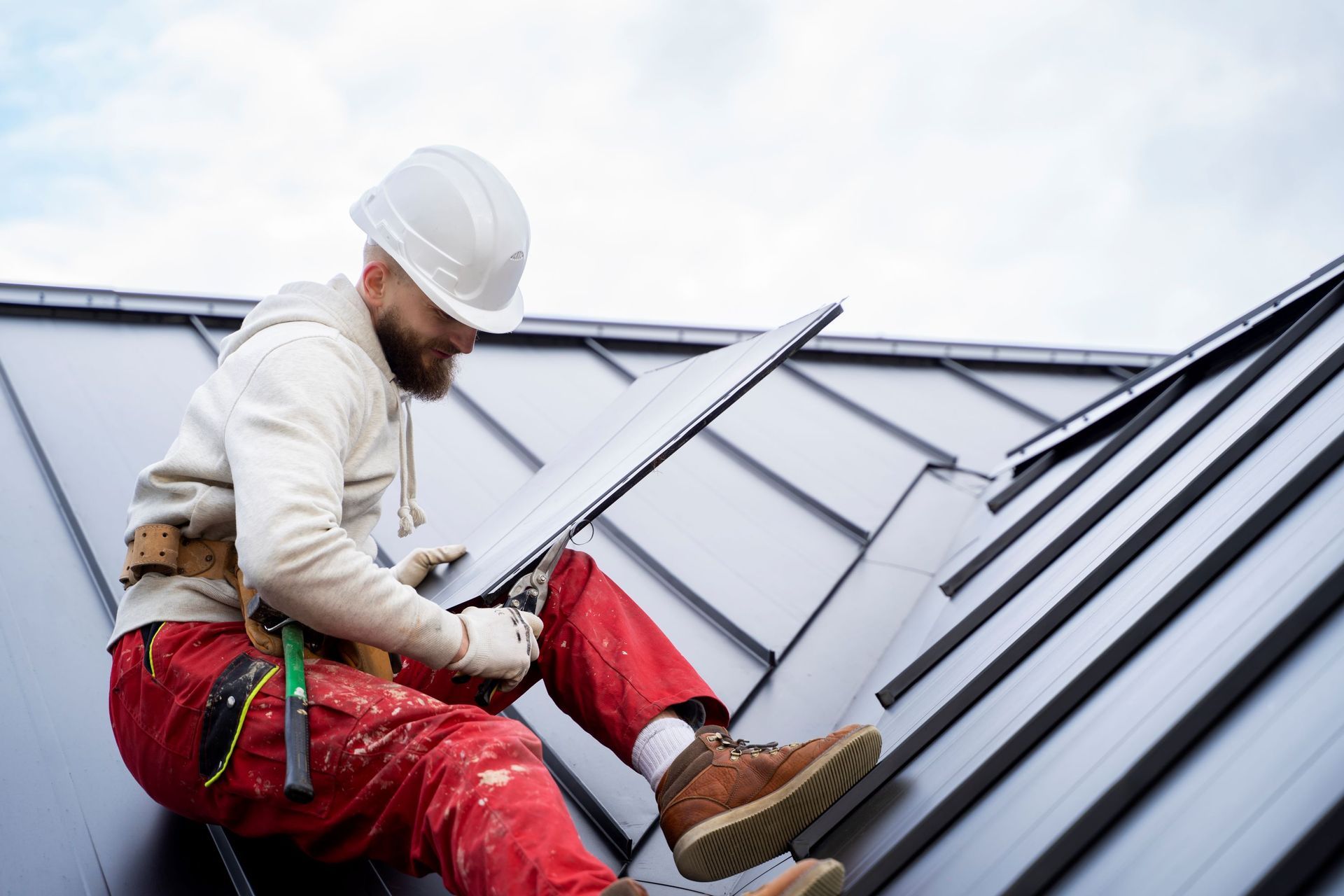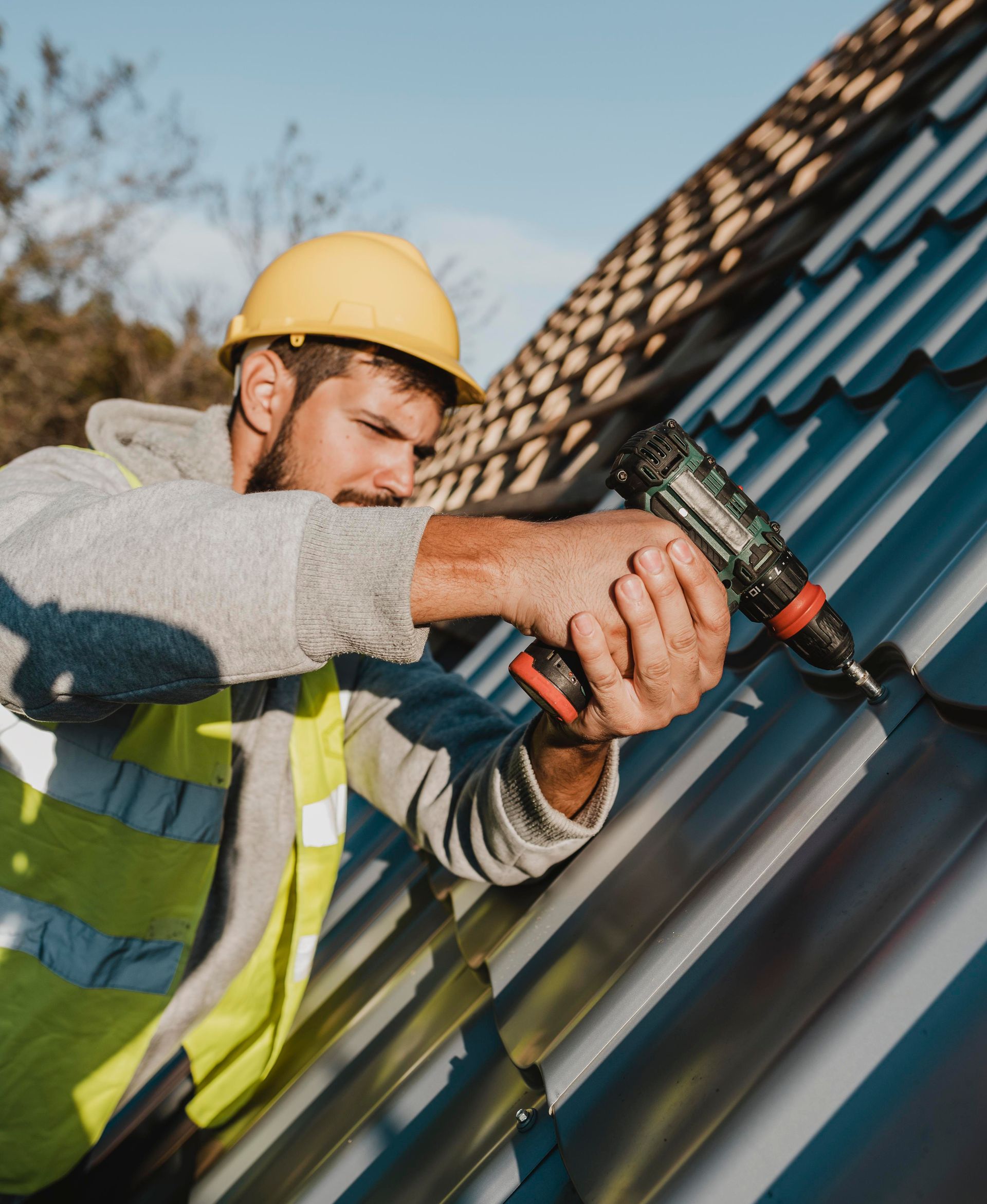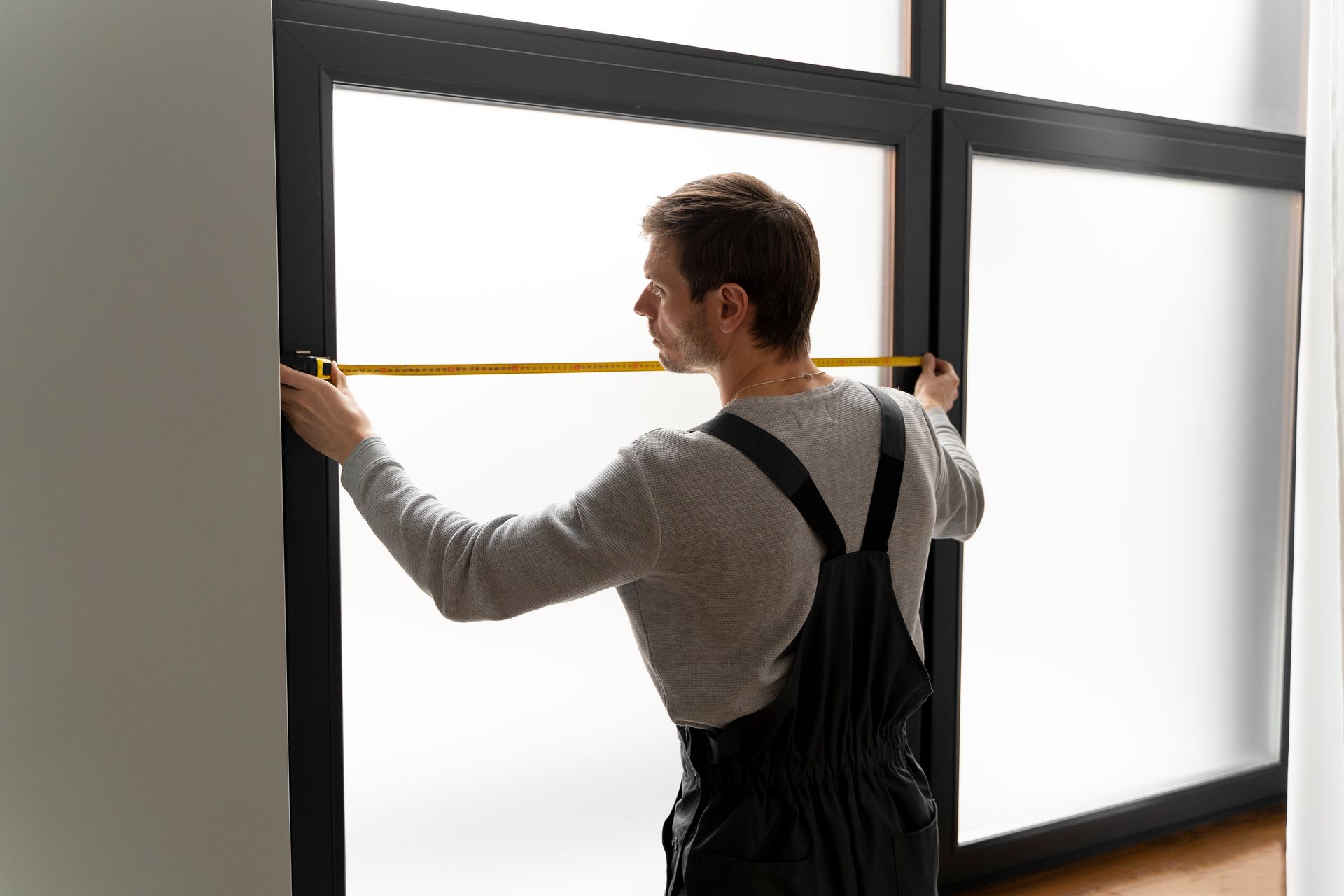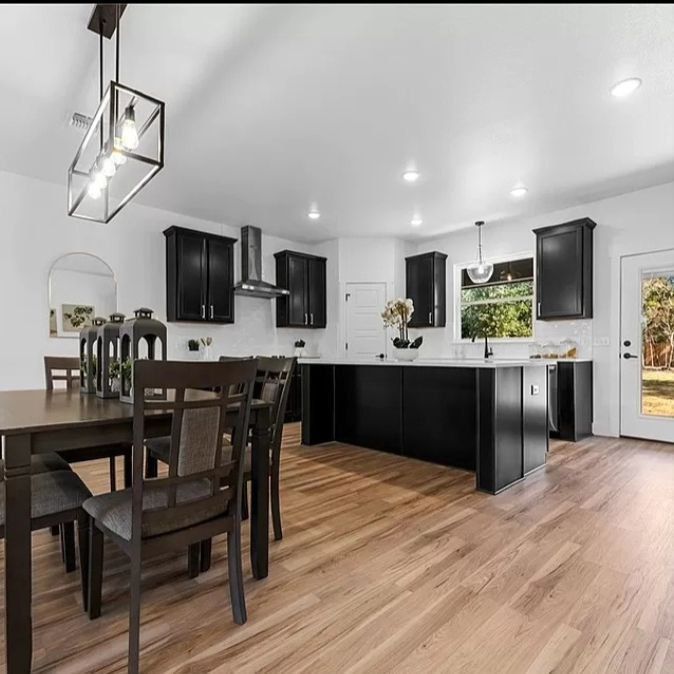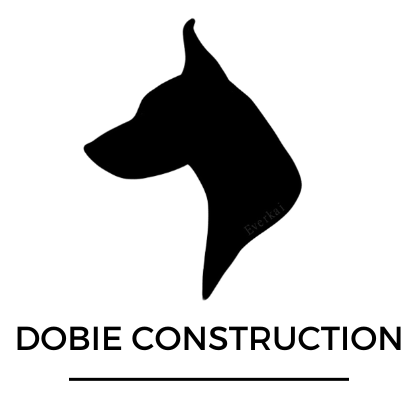Vinyl Siding vs. Fiber Cement: Which Is Right for You?
When it comes to choosing the right siding for your home, two popular options often come to mind: vinyl siding and fiber cement siding. Both materials have their own unique advantages and disadvantages, making the decision a crucial one for homeowners looking to balance aesthetics, durability, cost, and maintenance. In this comprehensive guide, we’ll delve into the specifics of vinyl siding and fiber cement siding, comparing their features to help you determine which option is best suited for your home.
Understanding Vinyl Siding
1. What is Vinyl Siding?
Vinyl siding is a type of plastic exterior cladding for houses and small apartment buildings, used for decoration and weatherproofing. It is made primarily from polyvinyl chloride (PVC) resin, making it a popular and versatile choice for homeowners.
2. Advantages of Vinyl Siding
- Cost-Effective: One of the primary reasons homeowners opt for vinyl siding is its affordability. Vinyl is generally less expensive than other siding materials, making it a cost-effective option for those on a budget.
- Low Maintenance: Vinyl siding requires minimal maintenance compared to other materials. It doesn’t need to be painted, and cleaning is as simple as using a garden hose to remove dirt and debris.
- Durability: Vinyl siding is resistant to common issues like rot, insect damage, and corrosion. It can withstand harsh weather conditions, including strong winds and extreme temperatures.
- Variety of Styles and Colors: Vinyl siding comes in a wide range of colors, styles, and textures, allowing homeowners to customize the look of their home. Whether you prefer a classic or contemporary appearance, vinyl siding offers numerous options.
- Energy Efficiency: Some vinyl siding products are designed with insulation properties that can help improve the energy efficiency of your home, reducing heating and cooling costs.
3. Disadvantages of Vinyl Siding
- Appearance Over Time: While vinyl siding is durable, it can fade or become discolored over time due to exposure to sunlight and weather conditions. This may affect the overall appearance of your home.
- Environmental Concerns: Vinyl siding is made from PVC, which is a plastic material. The production and disposal of PVC can have environmental impacts, making it a less eco-friendly option compared to other materials.
- Susceptibility to Damage: Vinyl siding can be susceptible to cracking, warping, or melting if exposed to extreme heat or impacts. Additionally, improper installation can lead to issues such as water infiltration.
Understanding Fiber Cement Siding
1. What is Fiber Cement Siding?
Fiber cement siding is a composite material made from cement, sand, and cellulose fibers. It is designed to mimic the appearance of wood, stucco, or masonry, offering a durable and versatile option for exterior cladding.
2. Advantages of Fiber Cement Siding
- Durability: Fiber cement siding is known for its exceptional durability. It is resistant to rot, insects, and fire, making it a long-lasting choice for homeowners.
- Aesthetic Appeal: Fiber cement siding can be manufactured to mimic the appearance of various materials, including wood and stucco, providing a high-end look for your home. It is also available in a wide range of colors and finishes.
- Weather Resistance: Fiber cement siding can withstand harsh weather conditions, including extreme temperatures, heavy rain, and strong winds. It doesn’t warp or crack easily, maintaining its appearance and integrity over time.
- Low Maintenance: While fiber cement siding may require occasional painting to maintain its appearance, it generally requires less maintenance compared to wood siding. It is also resistant to pests and decay.
- Eco-Friendly: Fiber cement siding is considered more environmentally friendly than vinyl siding. It is made from sustainable materials and has a longer lifespan, reducing the need for frequent replacements.
3. Disadvantages of Fiber Cement Siding
- Higher Cost: One of the main drawbacks of fiber cement siding is its higher initial cost compared to vinyl siding. The installation process is also more labor-intensive, adding to the overall expense.
- Weight: Fiber cement siding is heavier than vinyl siding, which can make installation more challenging and time-consuming. This weight also means that the structure of your home needs to be able to support it.
- Maintenance Requirements: While fiber cement siding is low maintenance, it may still require periodic painting to keep it looking fresh. Additionally, it is important to inspect and caulk joints regularly to prevent moisture infiltration.
Comparing Vinyl Siding and Fiber Cement Siding
1. Cost
- Vinyl Siding: Vinyl siding is generally more affordable, both in terms of material costs and installation. This makes it an attractive option for budget-conscious homeowners.
- Fiber Cement Siding: Fiber cement siding tends to be more expensive upfront due to the cost of materials and the more labor-intensive installation process. However, its durability and long lifespan can provide value over time.
2. Maintenance
- Vinyl Siding: Vinyl siding is low maintenance and does not require painting. Cleaning it is easy and straightforward, making it a convenient option for homeowners.
- Fiber Cement Siding: While fiber cement siding is also relatively low maintenance, it may require periodic painting to maintain its appearance. Regular inspections and caulking are necessary to prevent moisture issues.
3. Durability
- Vinyl Siding: Vinyl siding is durable and resistant to many common issues, but it can be susceptible to damage from extreme heat or impacts. Its appearance may also fade over time.
- Fiber Cement Siding: Fiber cement siding is highly durable and resistant to rot, insects, and fire. It can withstand harsh weather conditions without warping or cracking, making it a long-lasting option.
4. Aesthetic Appeal
- Vinyl Siding: Vinyl siding offers a wide variety of colors, styles, and textures, allowing homeowners to customize the look of their home. However, its appearance may not be as high-end as some other materials.
- Fiber Cement Siding: Fiber cement siding can mimic the appearance of wood, stucco, or masonry, providing a high-end and versatile look. It is available in a range of colors and finishes, offering numerous design options.
5. Environmental Impact
- Vinyl Siding: The production and disposal of vinyl siding can have environmental impacts due to the use of PVC. However, some manufacturers are making efforts to improve the sustainability of vinyl siding.
- Fiber Cement Siding: Fiber cement siding is considered more environmentally friendly due to its use of sustainable materials and longer lifespan. Its durability reduces the need for frequent replacements, minimizing waste.
Making the Decision: Which Is Right for You?
When deciding between vinyl siding and fiber cement siding, it’s important to consider your specific needs, budget, and preferences. Here are a few factors to keep in mind:
1. Budget
If you’re working with a limited budget, vinyl siding may be the more cost-effective option. It offers affordability and low maintenance, making it a practical choice for many homeowners. However, if you have the budget for a higher initial investment, fiber cement siding’s durability and aesthetic appeal can provide long-term value.
2. Maintenance Preferences
Consider how much maintenance you’re willing to perform on your home’s exterior. If you prefer a low-maintenance option that doesn’t require painting, vinyl siding may be the better choice. On the other hand, if you don’t mind occasional painting and regular inspections, fiber cement siding’s durability and appearance can be worth the extra effort.
3. Aesthetic Goals
Think about the overall look you want to achieve for your home. If you’re seeking a versatile and customizable appearance with a wide range of colors and styles, vinyl siding offers plenty of options. If you prefer a high-end, wood-like or stucco appearance, fiber cement siding can provide the aesthetic appeal you’re looking for.
4. Climate and Durability
Consider the climate and weather conditions in your area. If you live in a region with extreme temperatures, strong winds, or heavy rainfall, fiber cement siding’s superior durability and weather resistance may be advantageous. Vinyl siding can still perform well in various conditions but may not offer the same level of resilience as fiber cement.
5. Environmental Considerations
If environmental impact is a significant concern for you, fiber cement siding’s use of sustainable materials and longer lifespan may make it the more eco-friendly choice. However, if you’re interested in vinyl siding, look for manufacturers that prioritize sustainability and offer recycled or recyclable products.
Conclusion
Choosing the right siding for your home involves weighing the pros and cons of each material and considering your specific needs and preferences. Vinyl siding and fiber cement siding both offer unique advantages and disadvantages, making them suitable for different situations.
Vinyl siding is an affordable, low-maintenance option with a variety of styles and colors, making it a practical choice for budget-conscious homeowners. Fiber cement siding, while more expensive, provides exceptional durability, aesthetic appeal, and environmental benefits, offering long-term value for those willing to invest in it.
By carefully evaluating factors such as cost, maintenance, durability, aesthetics, and environmental impact, you can make an informed decision on whether vinyl siding or fiber cement siding is the right choice for your home.



